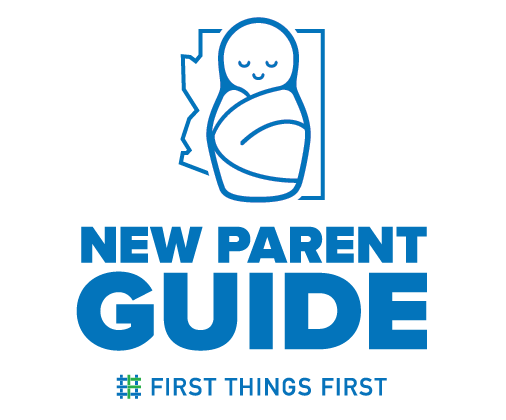
For anyone who’s ever seen a baby, toddler or preschooler open a gift and then toss aside the shiny new toy to instead play with the box, pediatricians say kids may know what’s best for them.
The American Academy of Pediatrics recently came out with a recommendation that the best toys for young children are the simple ones. And we’re talking very simple, like everyday household objects.
First Things First reminds parents that children explore and make sense of the world around them through play. Research has shown that play impacts everything from physical abilities and vocabulary to problem solving, creativity, teamwork and empathy.
Playing with ordinary household items allows a young child to explore, discover and learn. With babies, it’s as simple as grasping an object and holding on to it. Families can focus on introducing objects that stimulate curiosity. Babies are fascinated by their surroundings, especially faces and bright colors. You can use something as simple as a small, lightweight scarf to play peek-a-boo or use it as a prop as you make up stories. By adding music to scarf play, you can get your baby moving and sharpen their listening skills as you give directions. Learn more about scarf play.

Play helps children develop physical and social-emotional skills, as well as language, problem-solving and more.Playing with your child is quality time…
For toddlers between 1 and 3 years old, look for objects that encourage imagination and problem solving. They enjoy playing hide-and-seek with different objects. As a toddler, your child may begin to arrange objects, which eventually turns into sorting and classifying them. This allows the child to develop thinking, reasoning and problem-solving skills.
For preschoolers from ages 3 to 5, look to use objects that will help preschoolers relate to each other and the world around them. Encourage their imagination by creating a pirate’s telescope using a paper towel roll, for example.
Here are 10 suggestions for using everyday household objects as toys to promote early learning:
To encourage imaginative play at home, parents and caregivers only have to look around the house to keep little ones entertained and learning.

The AZ New Parent Guide is here to help you meet all the challenges of being a parent.